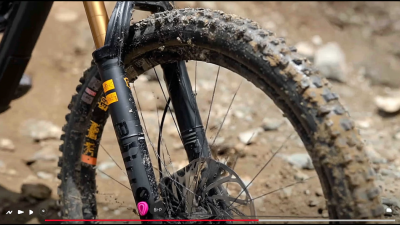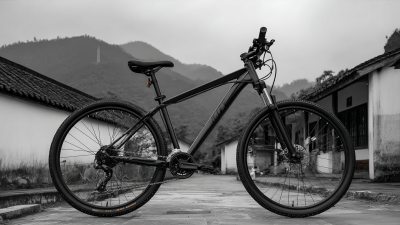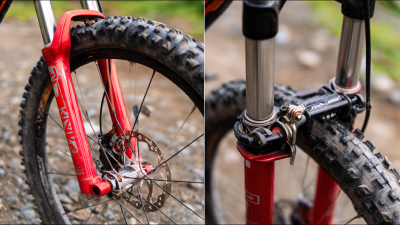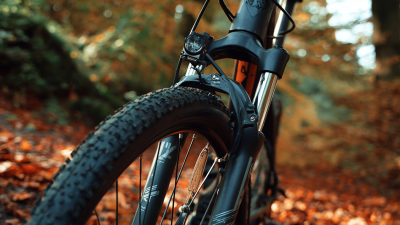When it comes to enhancing the performance of your bicycle, choosing the right suspension system is critical, particularly when considering the type of fork that best suits your riding style. Among the various options available, the Coil Fork stands out due to its unique characteristics and reliability. According to industry reports, approximately 40% of mountain bikers opt for Coil Forks over air shocks, primarily due to their consistent performance and ability to absorb hard impacts effectively. With advancements in materials and design, modern Coil Forks are lighter and more responsive than ever, catering to diverse riding conditions. A recent survey conducted by the International Bicycle Industry Federation revealed that riders who use Coil Forks reported increased satisfaction and improved handling on rugged terrains. Thus, understanding how to select the right Coil Fork is essential for optimizing your bicycle setup and enhancing your overall riding experience.
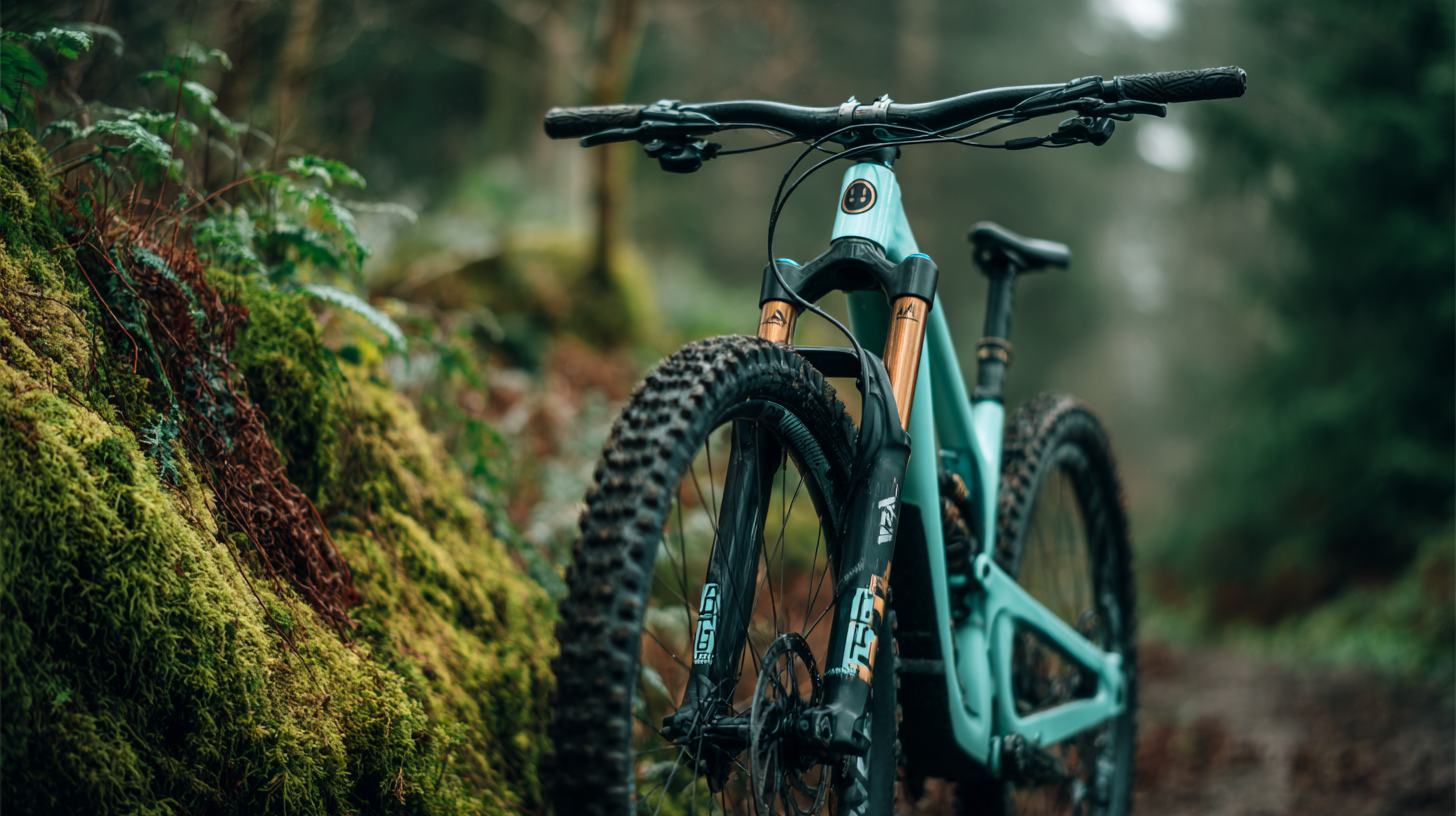
When selecting a coil fork for your bicycle, it’s essential to understand the different types available, as each type caters to varying riding styles and terrains. The most common types include straight wall, dual crown, and adjustable coil forks. Straight wall forks are typically lightweight and offer a responsive feel, making them suitable for cross-country riding. In contrast, dual crown forks provide greater stiffness and control, ideal for downhill and freeride biking. According to the International Mountain Bicycling Association, over 40% of mountain bikers prefer dual crown forks for their enhanced performance on rugged trails.
Adjustable coil forks provide versatility, allowing riders to fine-tune the spring preload and compression settings. Data from the Bicycle Product Suppliers Association indicates that adjustable forks have gained popularity among serious cyclists, with sales increasing by 15% annually. This trend highlights a growing preference for customization in bike setups, which can greatly enhance the overall riding experience. Understanding these types of coil forks will help riders select a fork that not only complements their bike but also enhances their performance on the trails.
| Fork Type | Travel (mm) | Stanchion Diameter (mm) | Weight (kg) | Recommended Use |
|---|---|---|---|---|
| Cross-Country | 80-120 | 28 | 1.5-2.0 | Racing, Climbing |
| Trail | 120-150 | 32 | 2.0-2.5 | All-Mountain Riding |
| Enduro | 150-170 | 34 | 2.5-3.0 | Technical Descents |
| Downhill | 200-220 | 40 | 3.5-4.0 | Extreme Downhill |
| Freeride | 140-180 | 36 | 3.0-3.5 | Jumping, Tricks |
When selecting the right coil fork for your bike, several key factors come into play. The travel length is crucial, as it affects the overall ride quality and handling. For instance, riders looking for a smoother experience on rough terrains may prefer forks with 170mm of travel, as observed in some recent model reviews. These forks tend to deliver a more consistent suspension feel, especially when paired with a compatible rear shock, allowing for improved control and stability.
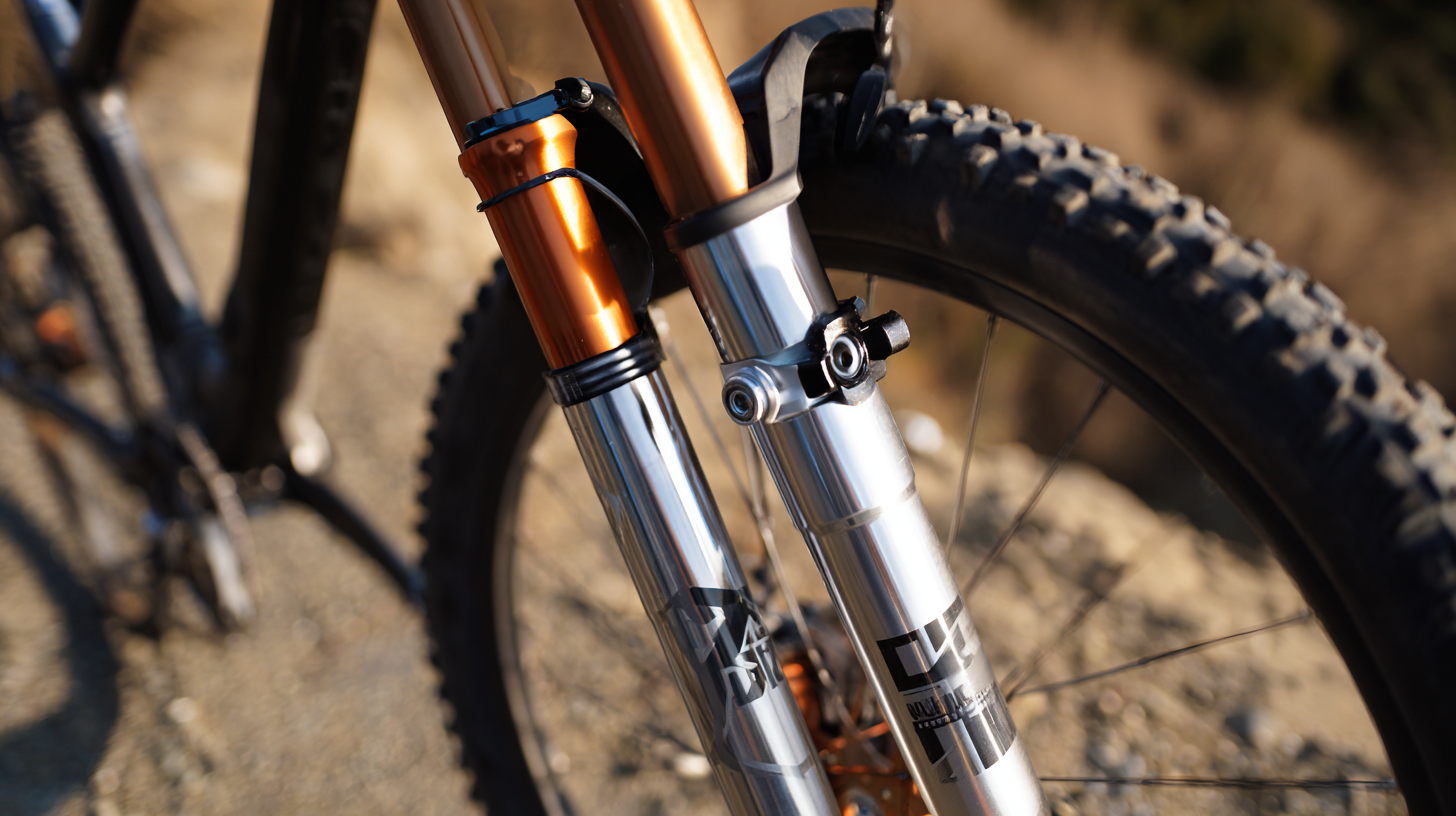
Choosing the right spring rate for your bicycle fork is crucial for optimizing riding performance. Spring rate, measured in pounds per inch (lb/in), dictates how a fork responds to bumps and obstacles, influencing both comfort and control. The ideal spring rate depends on various factors, including rider weight, riding style, and terrain. According to industry reports, the average spring rate for mountain bikes typically ranges from 400 to 600 lb/in, whereas lighter road bikes may require rates as low as 200 lb/in for enhanced responsiveness.
When assessing spring rates, consider the impact on handling characteristics. A stiffer spring rate offers improved support for aggressive riding and high-speed descents, enabling better control. Conversely, softer springs can absorb more trail chatter, beneficial for cross-country and endurance riding. Balancing these factors is essential; a miscalibrated spring rate could lead to loss of traction or increased fatigue. Research indicates that 70% of riders notice significant performance changes after adjusting their spring rates, emphasizing the importance of this component in achieving the desired riding experience.
When selecting a coil fork for your bicycle setup, compatibility is key to unlocking the full potential of your ride. It's essential to ensure that the coil fork aligns with your bike’s specifications, which include axle type, travel length, and steerer diameter. For instance, many mountain bikes utilize a 15x100mm thru-axle and require a steerer tube that fits the head tube of the frame, which can vary between tapered and straight designs. Failing to consider these factors can lead not only to an ill-fitting component but could also affect handling and performance negatively.
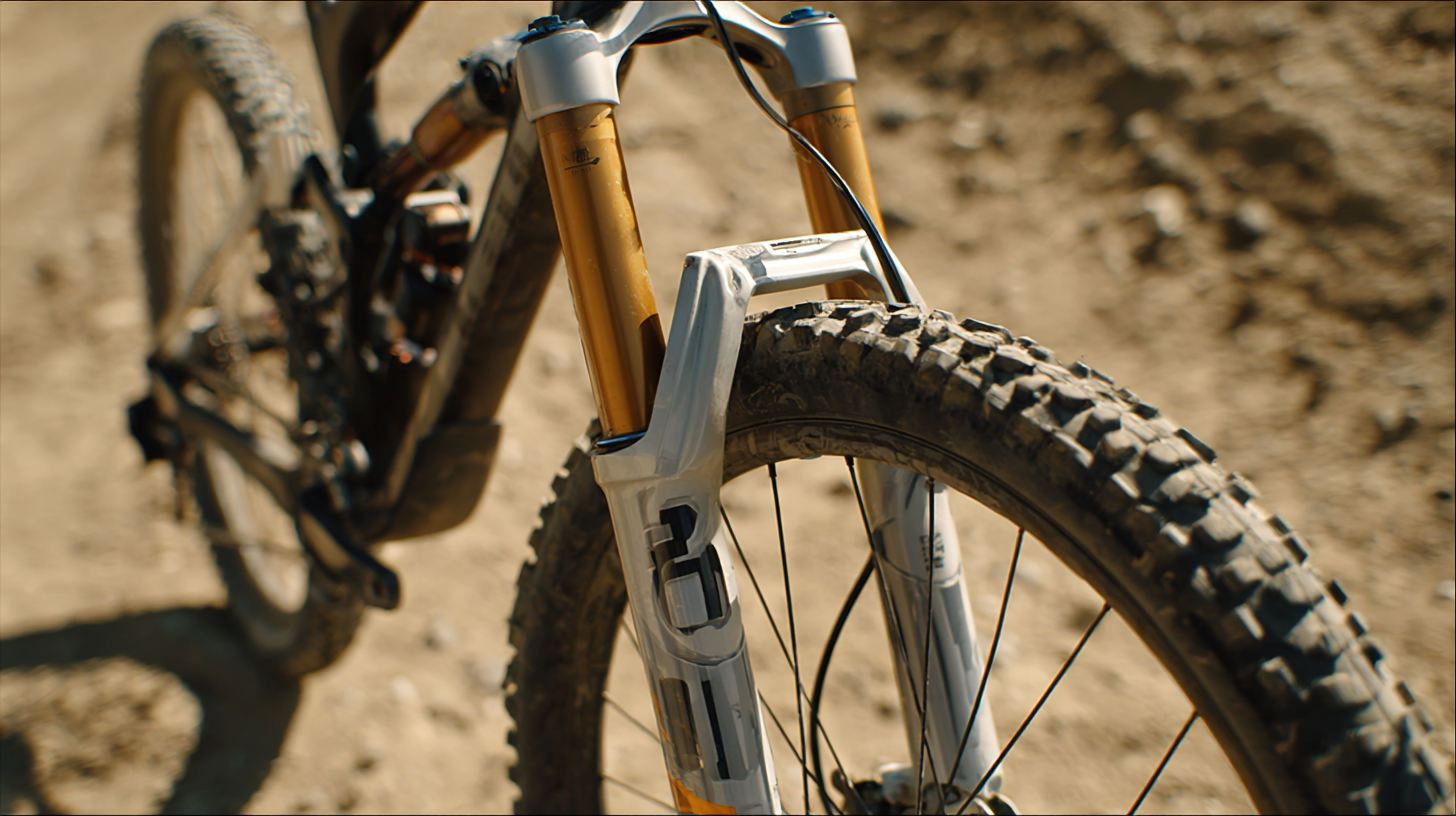
Research indicates that coil forks typically offer superior sensitivity and traction compared to their air counterparts, making them a popular choice for technical downhill riding. According to a 2022 industry report, riders using coil fork setups reported a 15% increase in grip on rugged terrains when compared to air forks. However, the weight difference between coil and air forks should also be considered, as coil options can be heavier, which might influence climbing efficiency. This balance between weight, travel, and compatibility is crucial for optimizing your mountain biking experience.
When it comes to selecting a coil fork for your bicycle, one of the most critical factors to consider is your budget. According to the latest industry reports, the average price range for quality coil forks is between $150 to $600, depending on the brand and specifications. This range means it's essential to find a balance between performance features and affordability.
Tips: To make the most out of your budget, prioritize forks that offer adjustable preload settings. These features allow you to customize the fork's feel and performance based on your riding style, enhancing your overall experience without breaking the bank.
Investing in a mid-range coil fork around $300 can often yield considerable benefits in terms of durability and performance, as opposed to opting for basic models at lower price points. Be sure to research manufacturer warranties as well; a solid warranty can add significant value to your purchase, ensuring you're protected against defects or issues. Comparatively, forks in the high-end range may provide advanced technology like customizable damping, which is beneficial for more serious riders.

